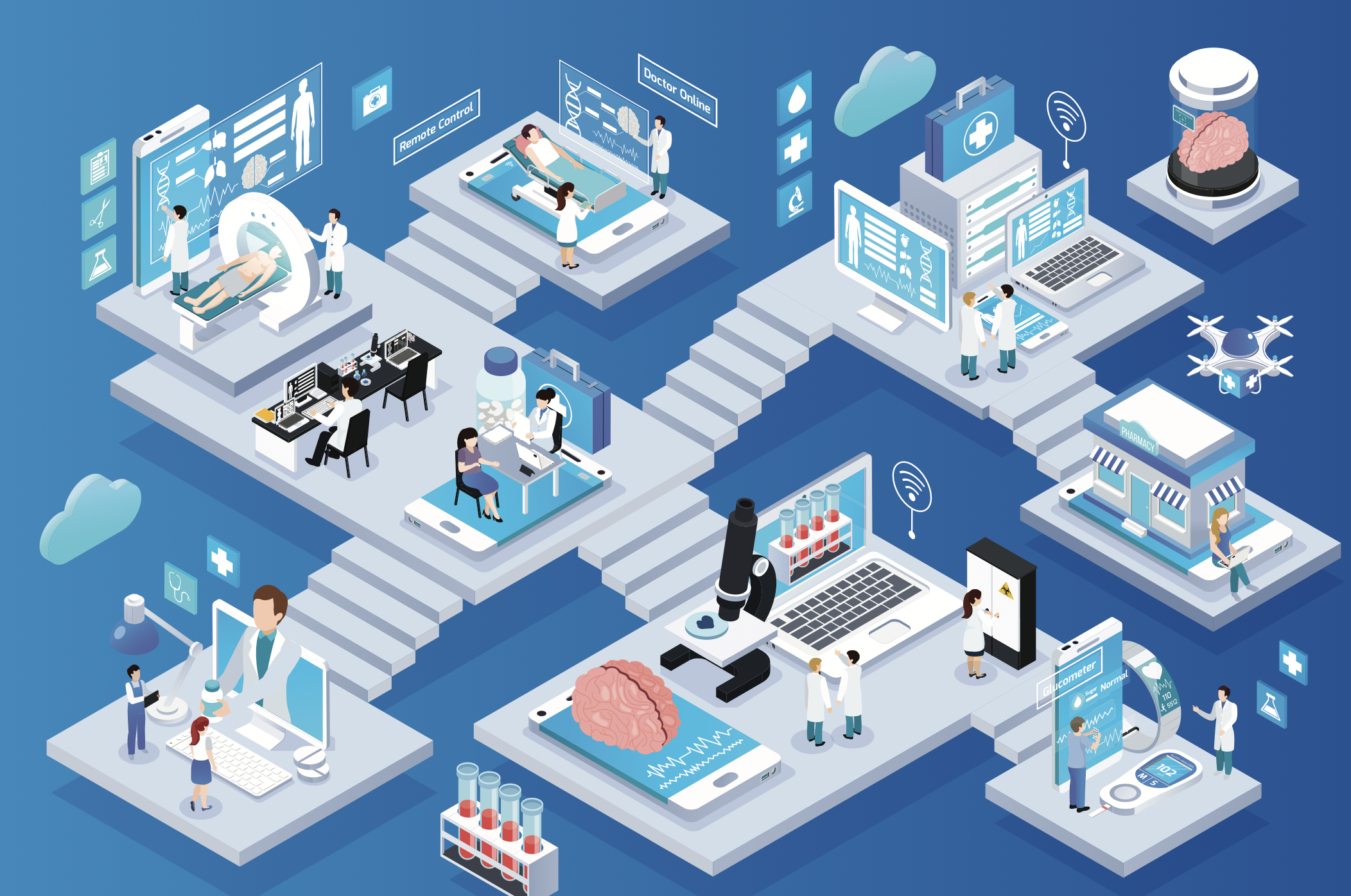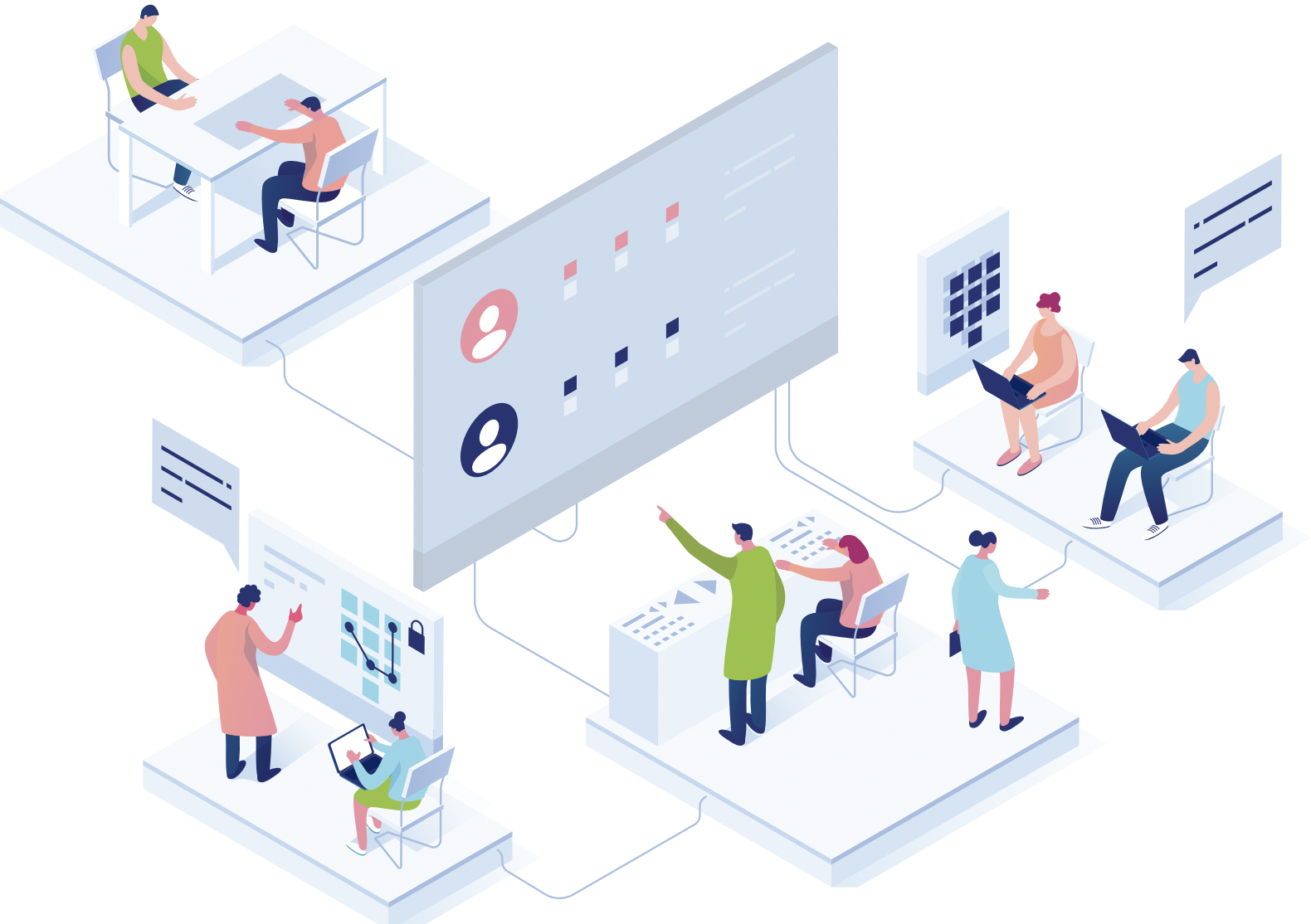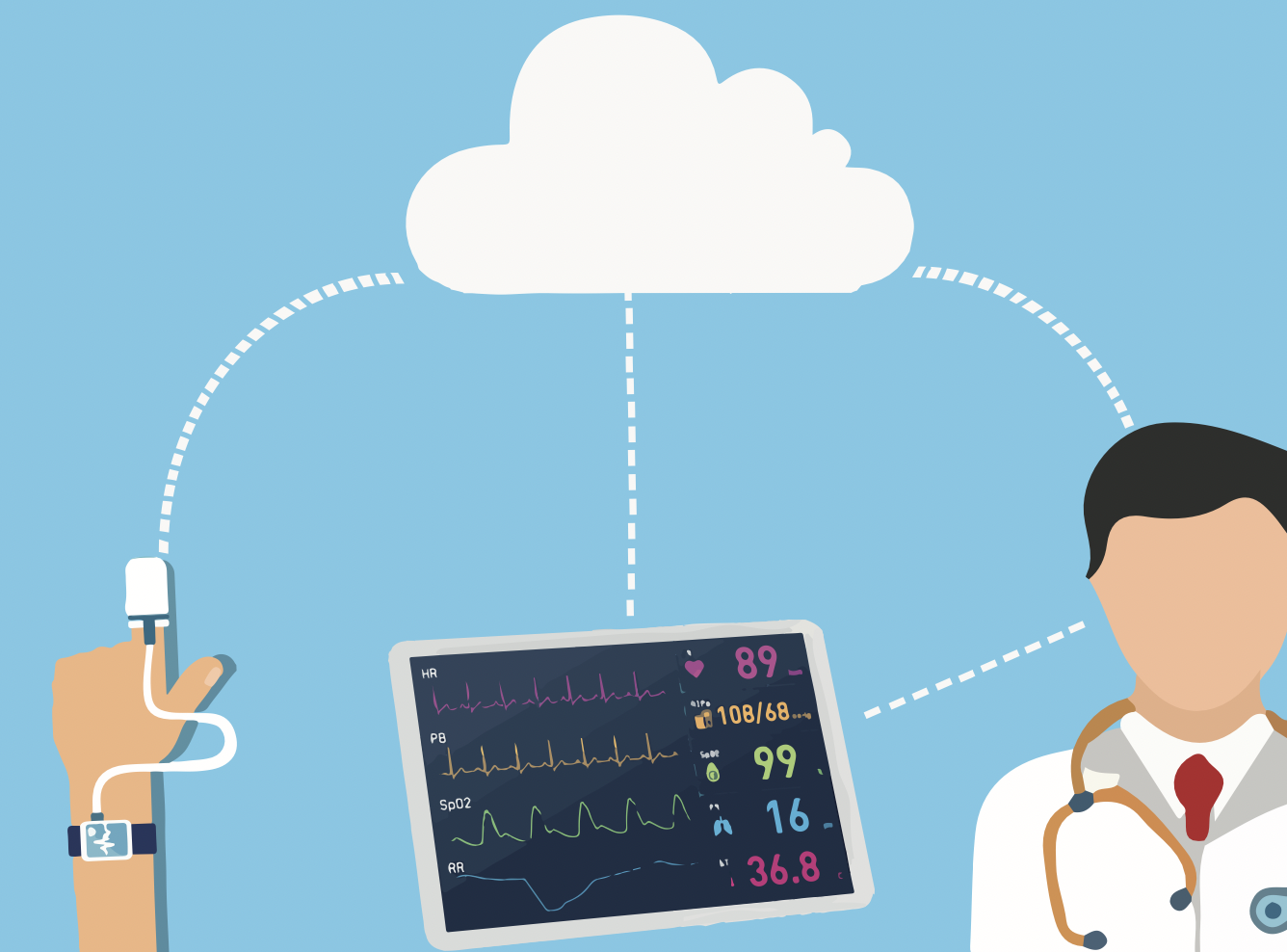Remote Patient Monitoring (RPM) is a new and powerful reimbursable telehealth program changing the future of healthcare. Benefits of RPM include improved care outcomes, new revenue for your organization, and an improved patient experience.
A successful RPM program requires software, devices, and people. To be clear, when we talk about the people component, we're referring to the actual frontline care team (not the software engineers, device fulfillment folks, or others way behind the scenes).
This care team includes a Qualified Healthcare Professional (QHP) under whose supervision the RPM program is being delivered and billed (assuming a reimbursement-based model). The QHP (e.g., a Cardiologist or Primary Care Physician) is typically not responsible for the “daily/always on monitoring” component of RPM service delivery—a monitoring/care coordination staff member provides those services , which we refer to as the “Monitoring Team.”
The good news is you have choices about whether to staff your Monitoring Team with your existing team (i.e., “insource”) or contract with another organization for this component (i.e., “outsource”). However, these choices require understanding your options so you can make the most informed, beneficial decision for your organization.
This article provides a simple framework to help you determine whether to insource or outsource your Monitoring Team. Below are three key aspects to consider when choosing your Monitoring Team approach:
Need more context or background about RPM including how reimbursement works as part of your revenue plan? Check out 5 Steps to Getting Started with RPM, and 7 Key Updates to Billing Rules
As mentioned above, there are a few options for building a Monitoring Team. If you outsource, it is typically to the organization that also provides your RPM software and supports the delivery/procurement of your RPM Devices.
1. Long-term flexibility
Regardless of whether you decide to start with an outsourced or insourced Monitoring Team, you should have the flexibility to change over time, without being forced to shift RPM software and RPM device vendors. T
he best RPM solutions don’t require you to use their Monitoring Team—or force you to hire and build your own. They also don’t require you to pick one approach forever. You should be able to start with an outsourced team to ramp quickly, then, if you choose, bring it in-house once you have the time, scale, and experience to do so. Or, they should let you start in-house, but then outsource to support your growth or general desire to simplify your operations.
2. Cost and scale
As with any outsourcing function, you may pay more for outsourcing over the long run versus doing it yourself, especially at high volume or scale. However, the simplicity of outsourcing may actually cost less unless you are willing to invest the time and effort to properly train and support the Monitoring Team to perform the in-house function.
Suppose you don’t have enough patients to justify at least one full-time individual. In that case, you should know that it can be tough to succeed (let alone financially) with a part-time Monitoring Team employee. They may not provide the consistent, full-time support an RPM program and its patients require while balancing this with their other duties. Finally, the Monitoring Team will need to be fully trained to use the RPM software and have a general understanding of how the devices work. If you are not sure you can find an employee proficient with technology, an insourced team may not be a good fit.
We find that a well-trained, full-time care team member should be able to handle a patient panel of 200-350 patients each month. The range depends on the average amount of time being spent on providing virtual care for each patient (which is typically a function of their general state of health, and the supervising QHP’s preference for level and frequency of care). If you envision having hundreds or thousands of RPM patients, you can support one or more full-time care team members in-house. Assuming they are technologically competent and trained, they become as efficient and effective as an outsourced alternative, and your organization has time to support them, you will likely pay less on an RPM billable patient-per-month basis for an in-house team than an outsourced team.
3. Strategic focus and control
If providing RPM telehealth at scale is a long-term strategic focus for your practice or organization and you want to differentiate based on your capabilities, you will most likely bring it in-house at some point in time. Unlike an administrative function, the Monitoring Team is actively involved in delivering care to your patients. This will give you the most control over the Monitoring Team members and their integration into other aspects of your service delivery model. However, if you aren’t sure or don’t have the time right now or don’t have the initial scale, starting with an outsourced team is a great option. Remember, you should not have to be locked into one model or the other over the long term.Summary
You can insource or outsource your Monitoring Team. The RPM software and devices you choose should not lock you into one approach, i.e., you should be able to change seamlessly over time. Outsourcing is better if you don’t have the time, focus, or scale to really hire and pay a full-time Monitoring Team. Insourcing is more cost-effective at scale, assuming you can dedicate the time to hire and train a Monitoring Team whose full-time job will be to live in the RPM software to perform the function.
At 1bios, we support every Monitoring Team model and don’t force you to choose a single approach. You can start with your own staff and transition to ours, or start with ours and transition to yours or another partner.
We also have specialist Monitoring Team partners that can help, for example, in after-hours situations, and combo delivery of RPM with Chronic Care Management (CCM) and other telehealth programs.
If you want to discuss the best Monitoring and Care Team approach for RPM, CCM, and other telehealth programs, book a virtual meeting with us, today!



